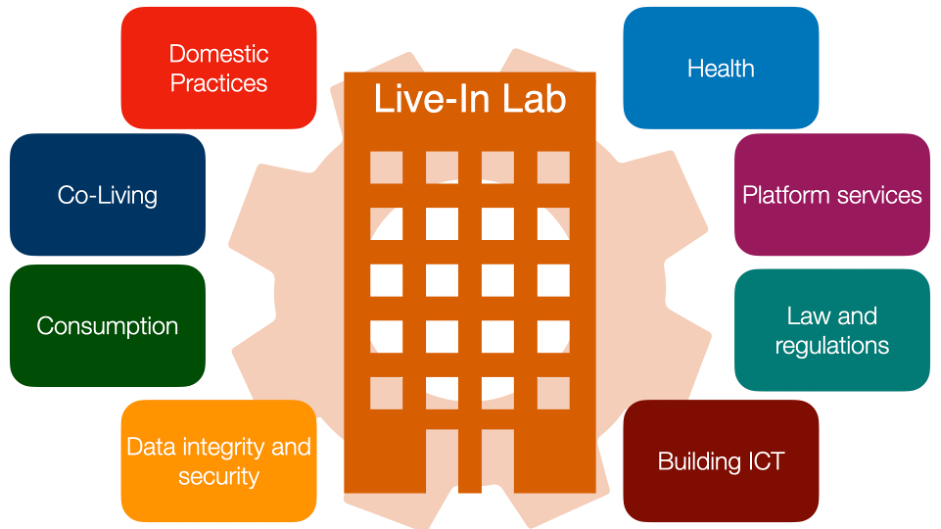|
Digitalisation provides scientists with new opportunities to produce analytic tools to interpret, model, and assess how humans and the built environment interact in cities. The so-called New Urban Science provides multiple new insights on urban functions and these insights can be used to inform solutions to real-world problems. These practices provide new ways of knowing cities while also engaging a broad group of transdisciplinary actors from academia, the public and private sectors, and civil society. The aim of this case study is to study the emergence of the New Urban Science and to document how it is being practiced at various scales in Stockholm. The case study involves three steps:
1) The rise of the New Urban Science
The 'New Urban Science' provides new ways of knowing and managing cities more effectively through urban data analytics and modelling. In this step, we will develop a conceptual framework to define who is involved in the New Urban Science and how they collaborate to produce new knowledge about urban dynamics. We will also examine how digital tools are being used to extend and enhance environmental, social, and economic agendas in cities.
2) Laboratories of New Urban Science
Beyond the conceptualisation of the New Urban Science, it is important to study where it is being practiced. One key site of application is designated laboratories where digital tools are developed to model and assess controlled conditions. In this step, we will conduct a detailed case study of the KTH Live-In Lab, a dedicated laboratory to develop and test new digital tools. We will engage with the laboratory practitioners to understand how they design their experiments to address real world problems and how they scale up the results to realise broader impacts across the city. We are specifically interested in how the findings from the Live-in Lab can inform human decision-making processes both individually and collectively.
3) Practicing New Urban Science in the city
Beyond designated urban laboratories, the New Urban Science is also practiced in specific districts and neighbourhoods to generate real-world empirical evidence. Unlike the controlled environment of the laboratory, districts and neighbourhoods introduce additional complexities that influence individual and collective decision making. In this step, we will engage with stakeholders in the world-renowned district of Hammarby Sjöstad to study how they are developing and applying digital tools to enhance and extend the long-standing sustainable-smart agenda related to liveability and resource consumption.

| 